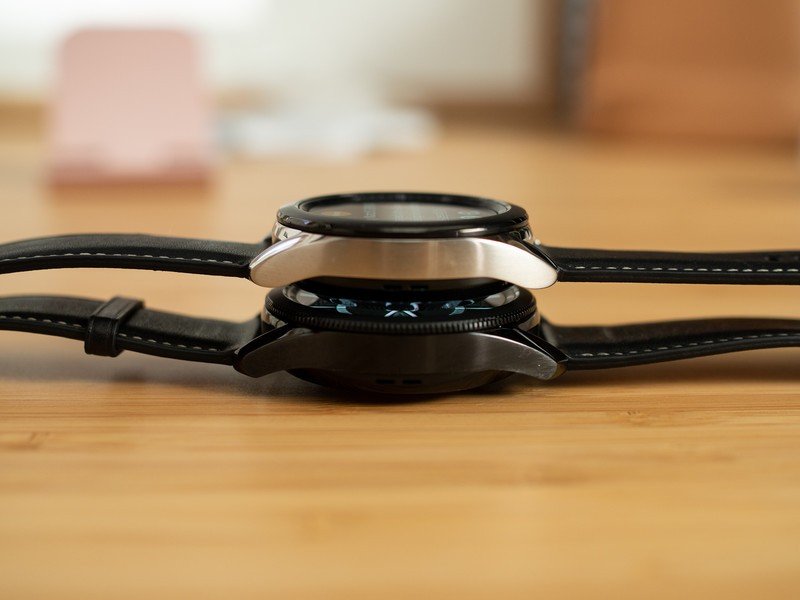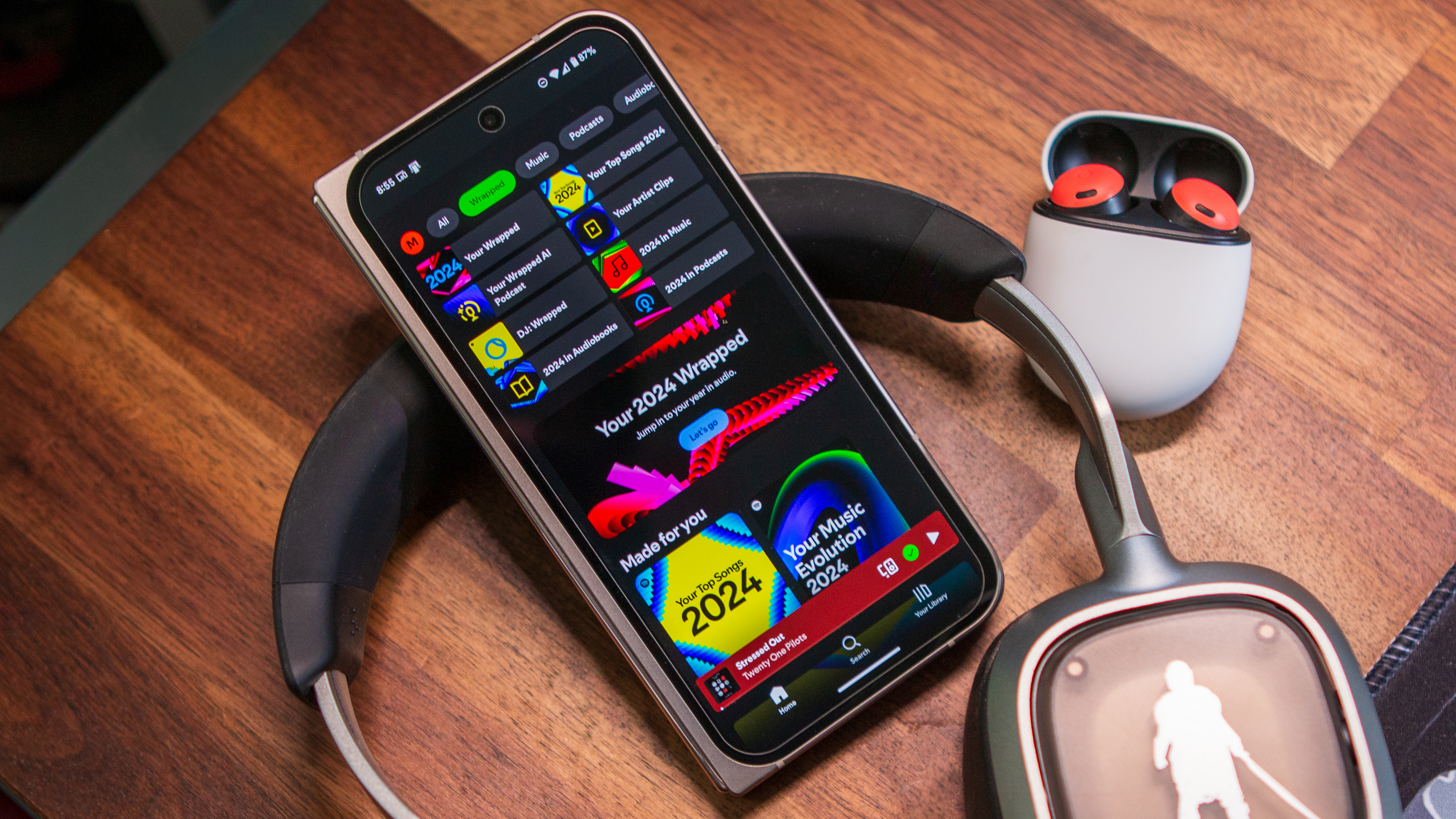The Galaxy Watch 3 is Samsung's best smartwatch yet, now available for $400
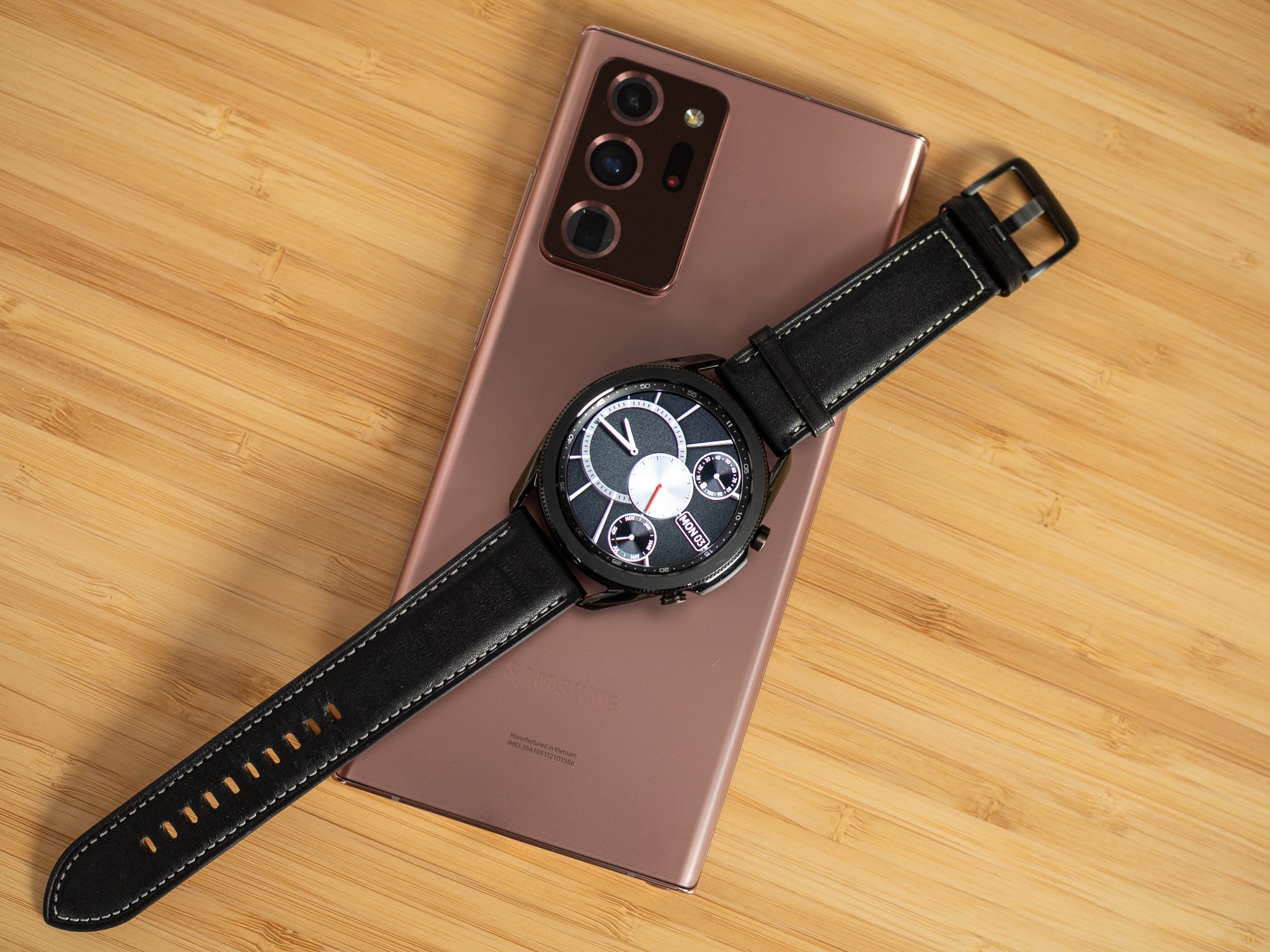
It's no surprise that Samsung's Galaxy Watch is still incredibly popular despite being almost two years old. In fact, if you look at Amazon's rankings for smartwatch sales, the Galaxy Watch is usually near the top of the list.
That sustained success is a testament both to Samsung's novel engineering — the physical rotating bezel is both functionally brilliant and satisfyingly tactile — and its adroit marketing. As Wear OS vendors like Mobvoi and Fossil have fumbled in telling consumers why they should invest in yet another Android-powered watch, Samsung's doubled down on what's made the Apple Watch so successful: health tracking.
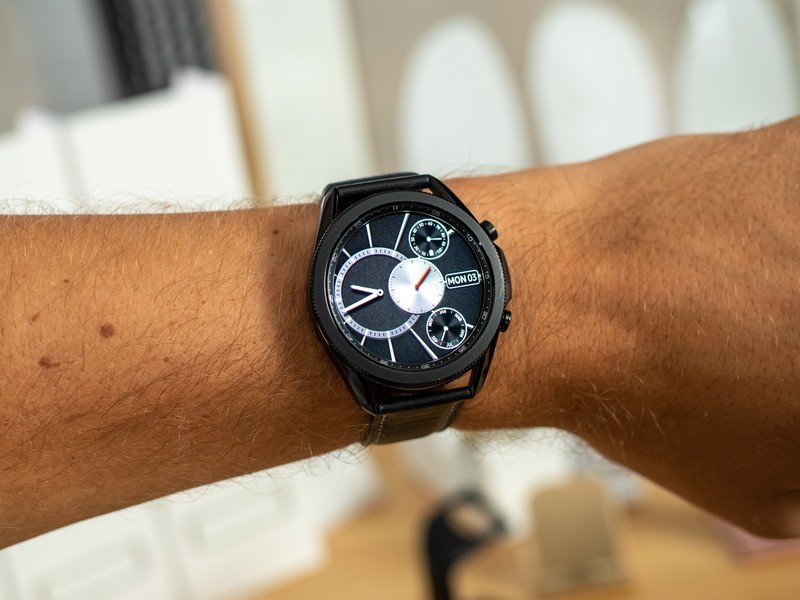
It's why the follow-up to the Galaxy Watch wasn't a Galaxy Watch 2 but a diminutive, slim, circular, and long-lasting Galaxy Watch Active, succeeded six months later by our favorite Android smartwatch right now, the Watch Active 2. Now, Samsung's partially returned to its base with the Galaxy Watch 3, slimming down the form factor by 15% over the original while retaining the beloved rotating bezel, and purloining a few health-focused tricks from its Active siblings. (And no, your eyes aren't deceiving you: the company skipped the Galaxy Watch 2 name altogether, likely because it didn't want people confused with the Watch Active 2. Oh, Samsung.)
Samsung Galaxy Watch 3 specifications
| Category | Samsung Galaxy Watch 41mm | Samsung Galaxy Watch 45mm |
|---|---|---|
| Display | 41mm / 1.2" SAMOLED display | 45mm / 1.4" SAMOLED display |
| Processor | Exynos 9110 @ 1.15Ghz | Exynos 9110 @ 1.15Ghz |
| Memory | 1GB | 1GB |
| Storage | 8GB | 8GB |
| Software | Tizen OS 5.5 | Tizen OS 5.5 |
| Connectivity | Bluetooth 5.0, Wi-Fi, NFC, GPS, Optional LTE | Bluetooth 5.0, Wi-Fi, NFC, GPS, Optional LTE |
| Sensors | Accelerometer, Gyro, Barometer, HRM, ECG, Ambient Light | Accelerometer, Gyro, Barometer, HRM, ECG, Ambient Light |
| Battery | 247mAh, 1-2 days | 340mAh, 2-3 days |
| Charging method | Qi wireless charging dock | Qi wireless charging dock |
| Water Resistance | 5ATM, IP68 | 5ATM, IP68 |
| Dimensions | 41 x 42.5 x 11.3mm | 45 x 46.2 x 11.1mm |
| Weight | 49.2 grams | 43g (Titanium, 53.8g (Stainless Steel) |
| Colors | Mystic Bronze, Mystic Black, Mystic White | Mystic Bronze, Mystic White Mystic Black (Titanium & Stainless) |
Like the original, the Galaxy Watch 3 comes in two sizes, though thanks to slimmer bezels the displays are ever-so-slightly bigger despite the body being more compact: a 45mm model with a 1.4-inch AMOLED display, and a 41mm version with a 1.2-inch screen (the original's options were 46mm/1.3" or 42mm/1.2").
Source: Andrew Martonik / Android Central
Internally, you're looking at the same Exynos 9110 SoC that's been powering Samsung wearables for a couple years now, but it's proven more than capable of doing the job. A gig of RAM and 8GB of storage round out the specs, though Samsung says that both the 247mAh battery in the 41mm model and the 340mAh cell in the 45mm model should net over a day of usage, leaning closer to three days for the larger version. You also get standard Qi wireless charging support, which extends to the Galaxy series' Wireless PowerShare feature that lets you charge your accessories on the back of your phone.
Along with new colors and finishes — there's a Mystic Bronze colorway to match the new Galaxy Note 20 and Galaxy Buds Live, along with a lighter matte black Titanium version in the 45mm variant — Samsung's mainly touting better health tracking features in the Watch 3 that set it apart from the original.
Get the latest news from Android Central, your trusted companion in the world of Android
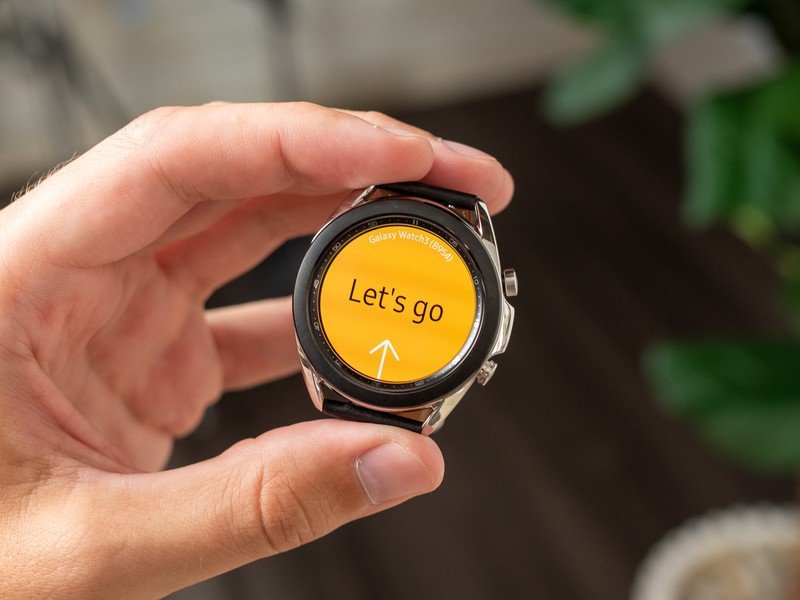
In particular, you're looking at a new version of Tizen OS that includes better automatic fitness detection for workouts along with run coaching and recovery tools built right into the watch. Users are also encouraged to wear the Watch 3 to bed for sleep tracking, something the original already does, but the Watch 3 is supposedly more accurate and, thanks to its smaller form factor, more comfortable. Like Fitbit Premium, Samsung has added over 100 video workouts to its Samsung Health app, and owners of the company's TVs will be able to watch content directly from the app.
The Watch 3 also brings automatic fall detection, SpO2 and VO2 max readings, though the latter two features will only arrive after a software update this fall. And yes, all three of the features are already available on the Galaxy Watch Active 2. Even the ECG and blood pressure monitoring are existing features from previous Samsung smartwatches, and are still unavailable outside South Korea due to regulatory purgatory.
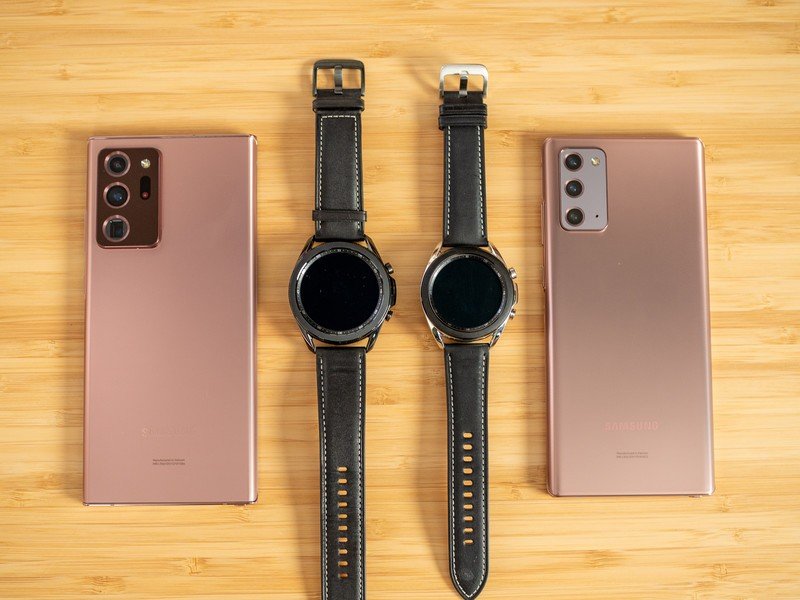
So what exactly is new on the Galaxy Watch 3? Well, not a whole lot. This is decidedly Samsung consolidating the popular oversized and mechanical Galaxy Watch form factory with the health features from the Watch Active line. And that's fine! Starting at $400 for the 41mm version and $430 for the 45mm model, the Galaxy Watch 3 is a full $100 more than the Watch Active 2 and $70 more than the original Galaxy Watch when it debuted in 2018.
But somehow Samsung gets away with it; the Galaxy Watch 3 is thinner and lighter than the original, and that rotating bezel is just a joy to use. And it doesn't hurt that Tizen is just that much smoother, and more feature-filled, than Wear OS at the moment, with Samsung giving its smartwatches — even those released half a decade ago — occasional new leases on life.
For Android users, and especially Samsung users, there are few better choices than Samsung's Galaxy Watch lineup, and the Galaxy Watch 3 sitting alongside the inevitable Watch Active 3 that will arrive later this year or early next is the strongest volley against the Apple Watch that we have.
The Galaxy Watch 3 arrives tomorrow, August 6, at select retailers. We'll have a full review in the coming days, so stay tuned!
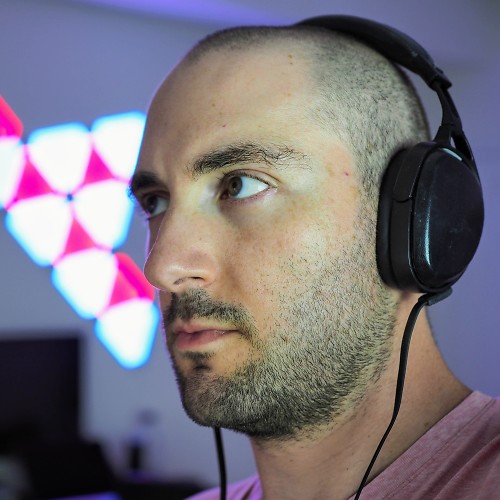
Daniel Bader was a former Android Central Editor-in-Chief and Executive Editor for iMore and Windows Central.

